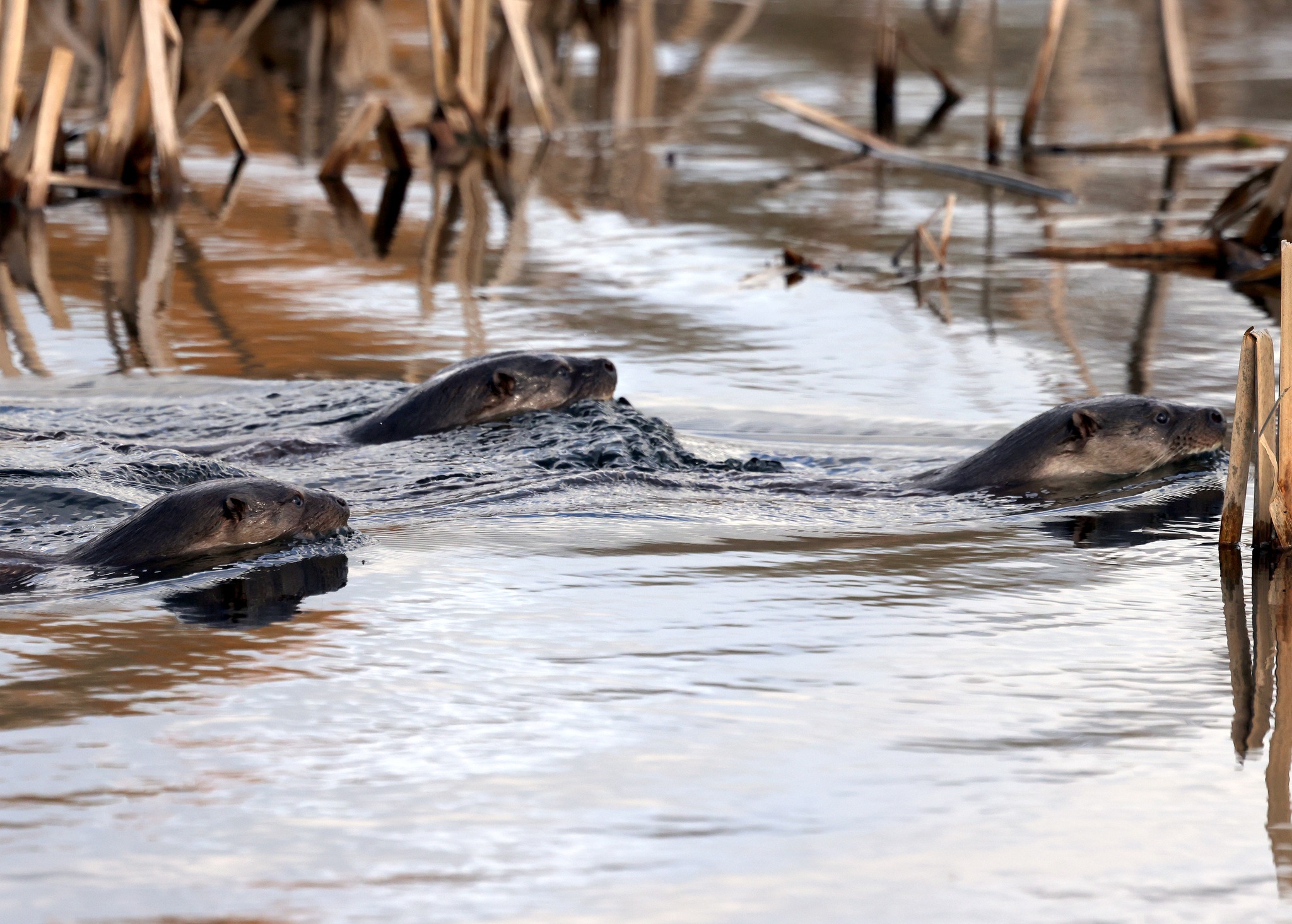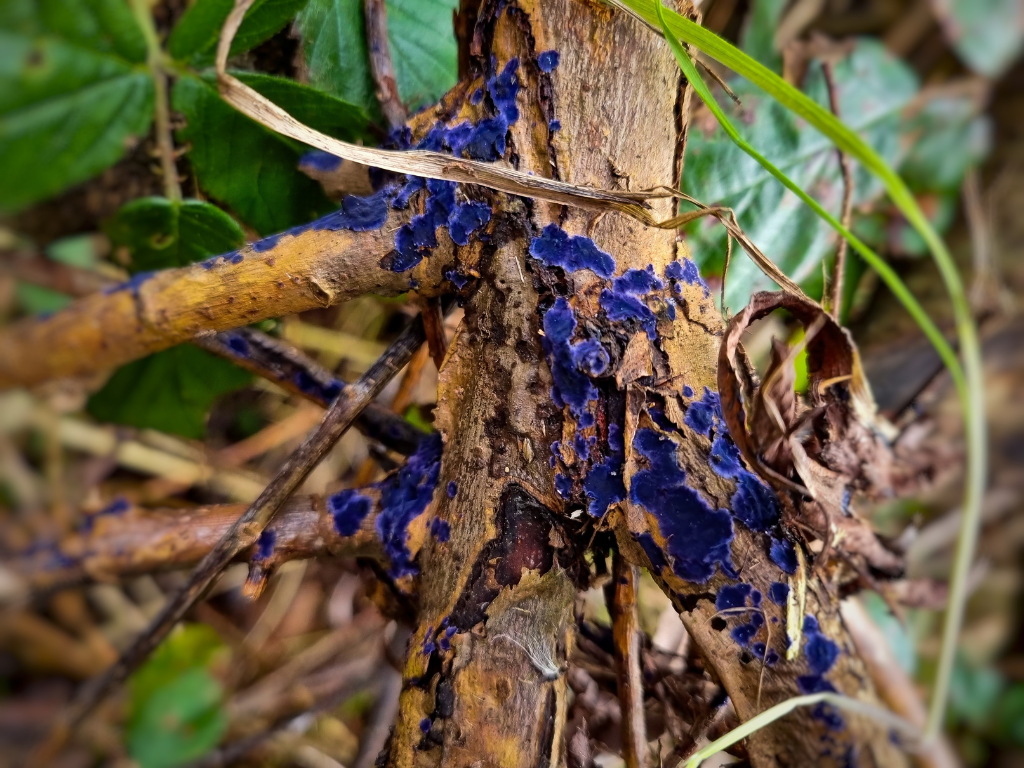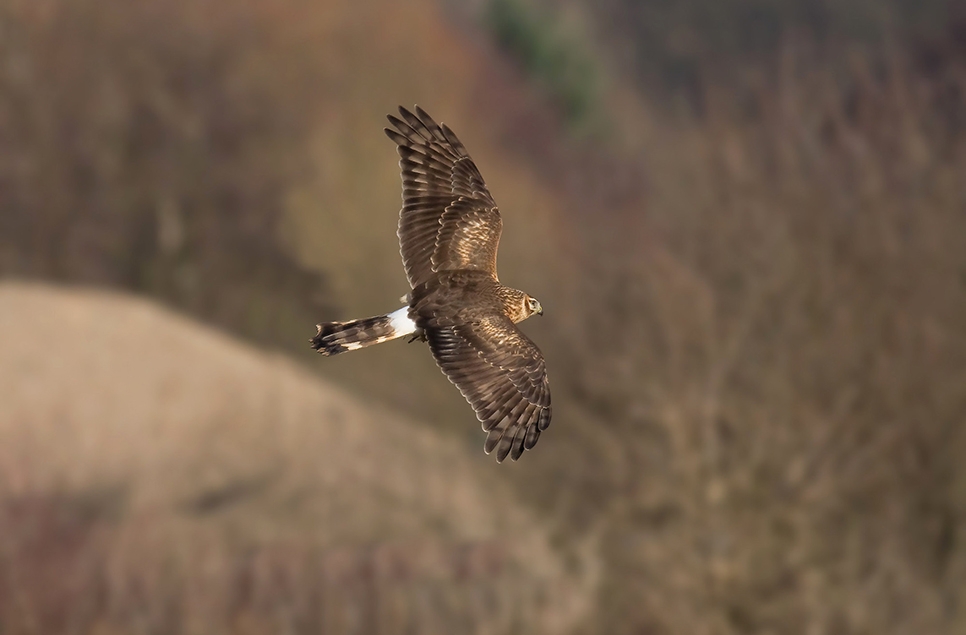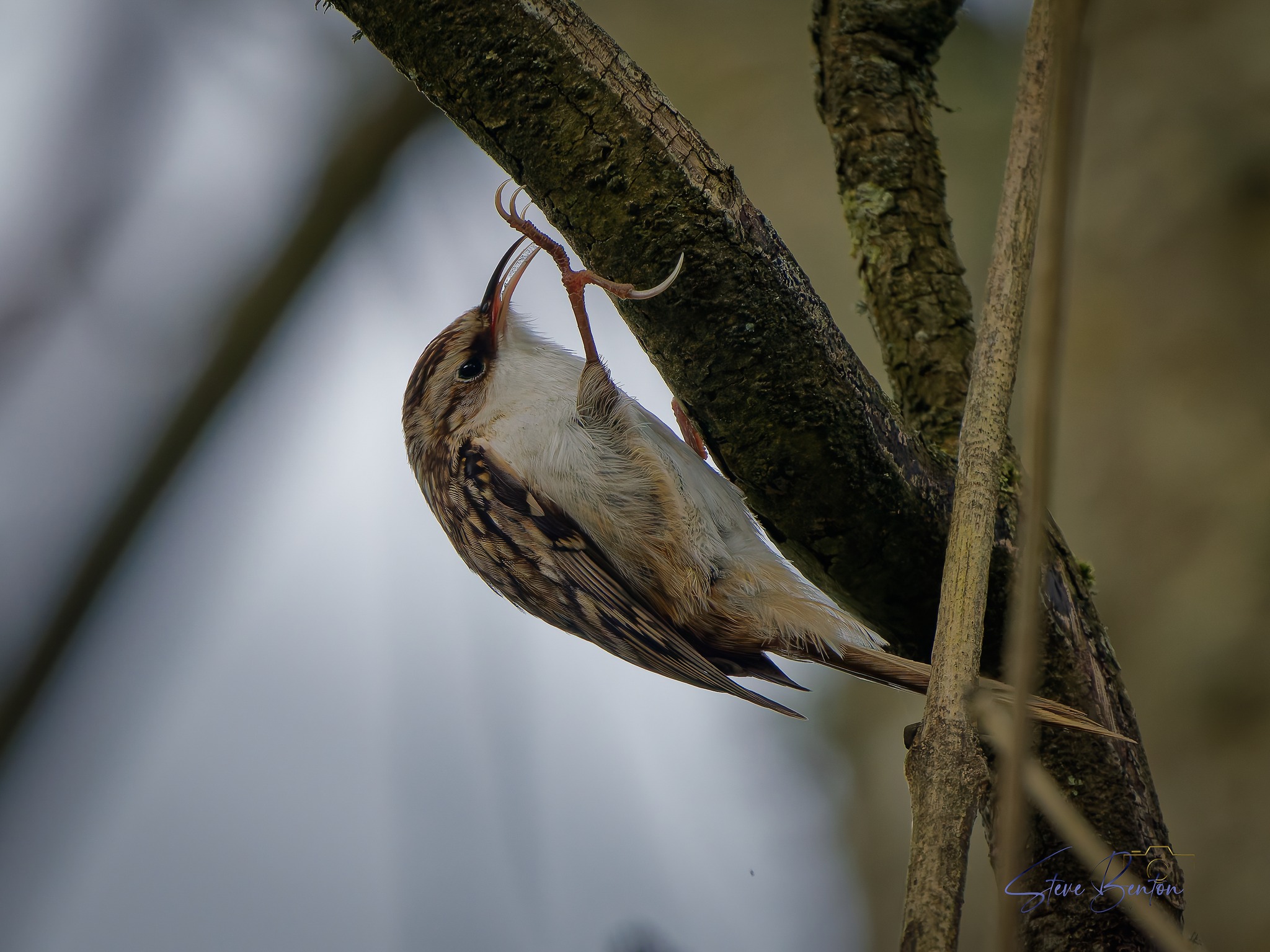Recent Sightings 2nd - 8th April
Willow Warblers, Blackcaps, Black-headed Gulls.
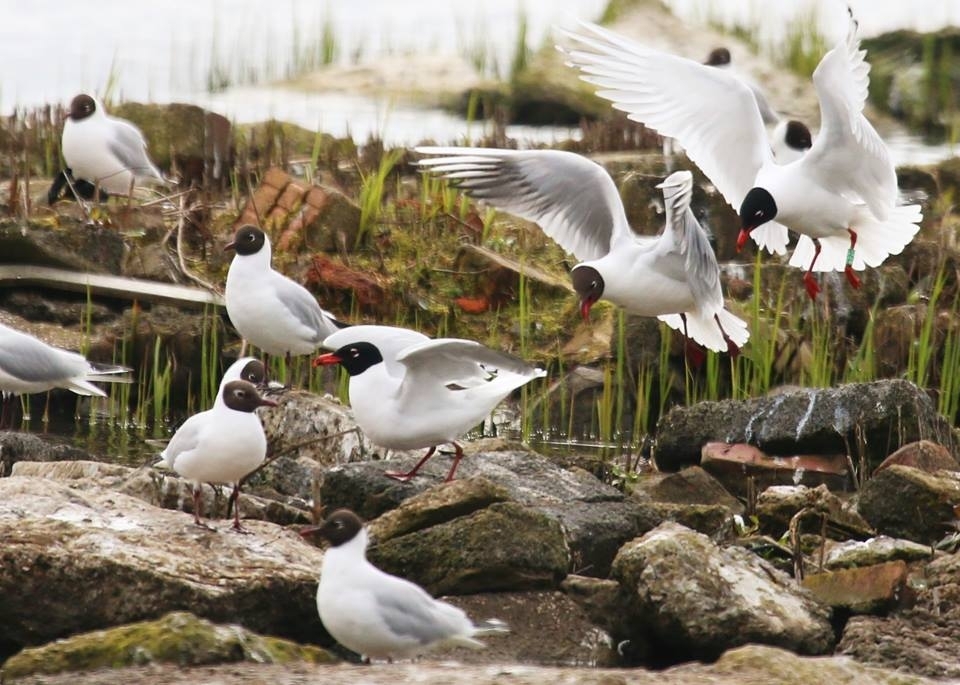
While the warm weather set in motion the cogs of Spring, we've had a week of much colder weather which has slowed down the movement of migratory birds and butterfly activity. The first swallows of the year were sighted last week with a small group flying over the top of the Heron's Wing hide, spending a brief moment hunting flies before carrying on with their journey. It seems that these birds were some of the first groups of Swallows in Camarthenshire and they've now spread to other areas, so hopefully in the next few weeks we'll begin to see more Swallows arriving that choose to stay in the area through Spring and into Summer.
The number of Blackcaps has risen in the Millennium Wetlands where the birds can be heard fiercely defending their patches of woodland to other newer arrivals. If they're not singing their flutey song, they can be heard calling which sounds much like hitting two rocks together or two pound coins. The call is rather loud, so it can be worth hanging around the song of a Blackcap to see if you can recognise the different tones and sounds this new arrival can produce.
In the last week the number of Willow Warblers has sky rocketed and their songs are now joining the choir of the Millennium Wetlands. Like most of our migratory warblers, these birds have arrived in Europe for their breeding season that will last through summer and finish in September to October. These small and delicate birds will then make the long journey across Europe, North and Central Africa, to eventually arrive at their Winter homes in Southern Africa.
Their plumage is remarkably similar to other Warblers that will spend their summers here, like the Reed Warbler and Cetti's Warbler, so the Willow Warbler's song is by far the best way to successfully identify them. The song consists of a liquid-like, fluid series of descending notes, and is definitely worth spending some time to listen to.
That's if the song isn't overpowered by the call of the Black-Headed Gulls, which have really taken an interest in almost every available area of the reserve. These birds are no stranger to nesting on the Freshwater lagoon, and after our recent project there it's reassuring to see that they're as active as ever with numbers reaching 259 on the lagoon, 297 on the Deep Water Lake, and 37 on the Dafen scrapes.
Amongst the Black-Headed Gulls, a keen eye would spot a few Mediterranean Gulls that have made the journey north to breed. These gulls are difficult to tell apart, but look for their strikingly red beak and legs.
Sparrowhawks are courting over the Lily Pond and Northern Loop area with Buzzards circling in a pair overhead, so it's likely their nest building is underway. There was a Peregrine sighted this week that startled the residents of the Deep Water Lake, and Tufted Ducks, Pochard, Lapwing, Shoveler amongst others are all showing displaying and breeding activity.
